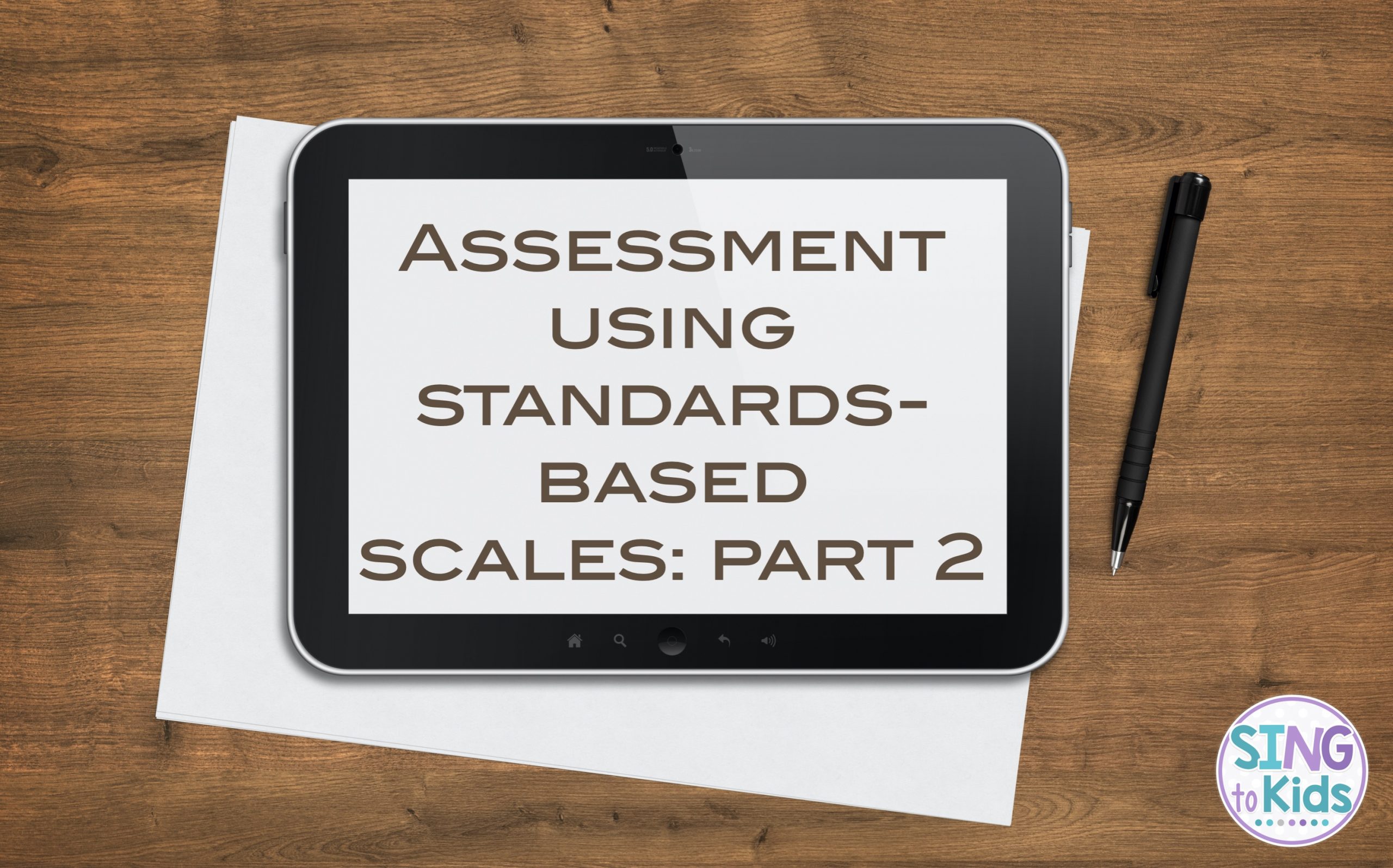
Recap
In my last post, Assessment using Standards-Based Scales: Part 1, we discussed the challenges facing music educators when it comes to teaching and assessing our national and state standards. Lack of consistent instructional time, teaching 500-700 students, and feeling as though the standards don’t always match the goals and sequence of the methods we use were some of the reasons mentioned. If you’re looking to make sense of connecting your standards, your method, and your assessment into one streamlined approach, this post is for you!
Getting Started
Before we begin, I need you to identify which standards your school or district uses to guide instruction. Some states simply use the NAfME 2014 Music Standards, while other states develop their own standards. I learned this fall that there are even states that have two sets of standards! (I’m looking at you Wisconsin!) No matter the standards you use, make sure you know the standards your district or school expects you to align your curriculum.
Power Standards
Once you have your standards in front of you, I want you (or your department) to choose 3-4 “Power Standards.” These are standards that EVERYONE agrees are fundamental to that grade, regardless of method, approach, or philosophy. A student may not pass “go” unless they demonstrate mastery of these standards. This is not to say we’re going to ignore the other 15-20 standards, but often times, those other standards will be touched upon within units. This is simply a starting place to find common ground among colleagues and build your capacity to assess using standards-based scales.
Creating a Standards-Based Scale
A quick-guide to building a Standards-Based Scale
4.0 – will be one “cognitive level” higher than the standard at 3.0. If you cannot go higher, find a lateral move that deepening understanding
3.0 – contains the music standard
2.0 – contains content specific vocabulary and lesson targets
1.0 – states “even with help, only partial success at 2.0 or 3.0”
Step 1 : Identify your standard and underline all of the verbs. (This is a third grade standard for Create from the Michigan Standards, Benchmarks, and Grade Level Content Expectations for Visual Arts, Music, Dance, and Theater.
ART.M.II.3.1 Create through exploration, improvisation, and composition, rhythmic and melodic ostinato accompaniments.
Step 2: List all of the verbs. Using a taxonomy of learning guide, identify the most cognitively complex verb. There are many taxonomies you can reference – Bloom’s Taxonomy, Marzano’s Taxonomy. I prefer Webb’s Depths of Knowledge (see below) as it’s easy and concise to use. When the specific verb is not listed, look for its synonym (show vs. perform).
In this particular standard, the only verb is CREATE. When more than one verb is present, the most cognitively complex verb is your grade level target.
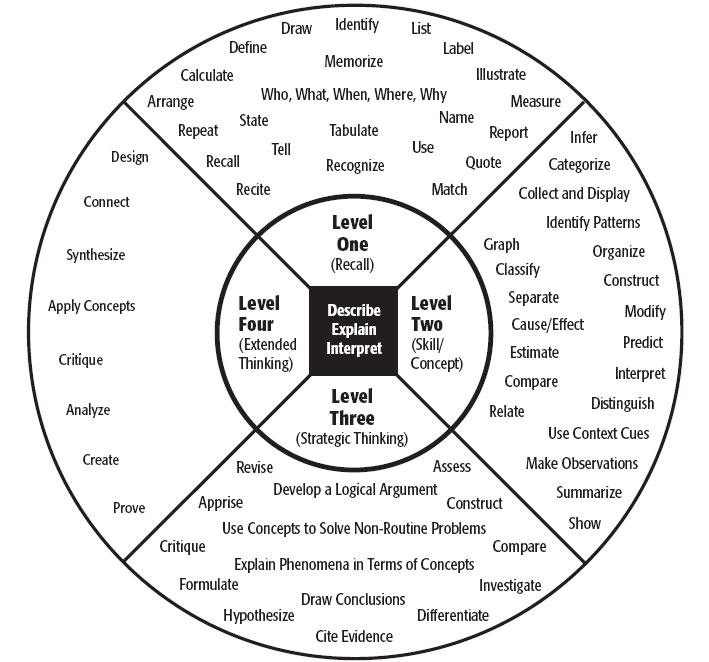
Step 3: Underline your nouns. The nouns will become the vocabulary you will explicitly teach. Vocabulary is listed at 2.0.
ART.M.II.3.1 Create through exploration, improvisation, and composition, rhythmic and melodic ostinato accompaniments.
The vocabulary for the above standard is:
- Exploration
- Composition
- Improvisation
- Rhythmic ostinato accompaniments
- Melodic ostinato accompaniments
Step 4: One standard becomes many.
ART.M.II.3.1 Create through exploration, improvisation, and composition, rhythmic and melodic ostinato accompaniments.
-
Create rhythmic ostinato accompaniments through exploration.
-
Create rhythmic ostinato accompaniments through improvisation.
-
Create rhythmic ostinato accompaniments through composition.
-
Create melodic ostinato accompaniments through exploration.
-
Create melodic ostinato accompaniments through improvisation.
-
Create melodic ostinato accompaniments through composition.
Now you must decide which of the above you will teach explicitly. For the purpose of third grade, I want my students to create a rhythmic ostinato accompaniment through composition.
Step 5: Build your standards-based scale.
ART.M.II.3.1 Create through exploration, improvisation, and composition, rhythmic and melodic ostinato accompaniments.
4.0 – Students will be able to analyze performances of others’ rhythmic ostinato accompaniment.
3.0 – Students will be able to create through composition a rhythmic ostinato accompaniment.
2.0 – Students will recognize specific vocabulary related to creating: composition, rhythmic, ostinato, accompaniments.
1.0 – Even with help, partial success at level 2.0 content and level 3.0 content.
Shifts in Thinking
One of the most challenging shifts in thinking for me was the idea that a 3.0 is the grade level target. For many of us who have used a 4 point scale in the past, the 4 was the target. Now, the 4 is showing deeper understanding and application of the standard.
It’s also challenging to mark students as a 1.0 but the benefit is how it’s stated. I can identify exactly what is missing in the students learning/understanding of the standard. Are they able to perform the skill or concept but can’t use the vocabulary? Then I need to reteach or find another way for the student to learn that critical material. Is the student able to tell me about the vocabulary, but not able to perform the skill or concept? Again, I need to go back and reteach or differentiate my instruction to help that student succeed.
Using standards-based scales not only helps my students to know the learning target, but it also informs my practice. If one student struggles with a concept or skill, I can reteach that student. But if an entire class or grade level struggles, then I know I need to find a better or different way to teach the concept.
In my next blog post, I’ll be sharing how standards-based scales translate into grades, how often I assess students, and tips to help us assess the difference between a 3.0 vs. a 4.0

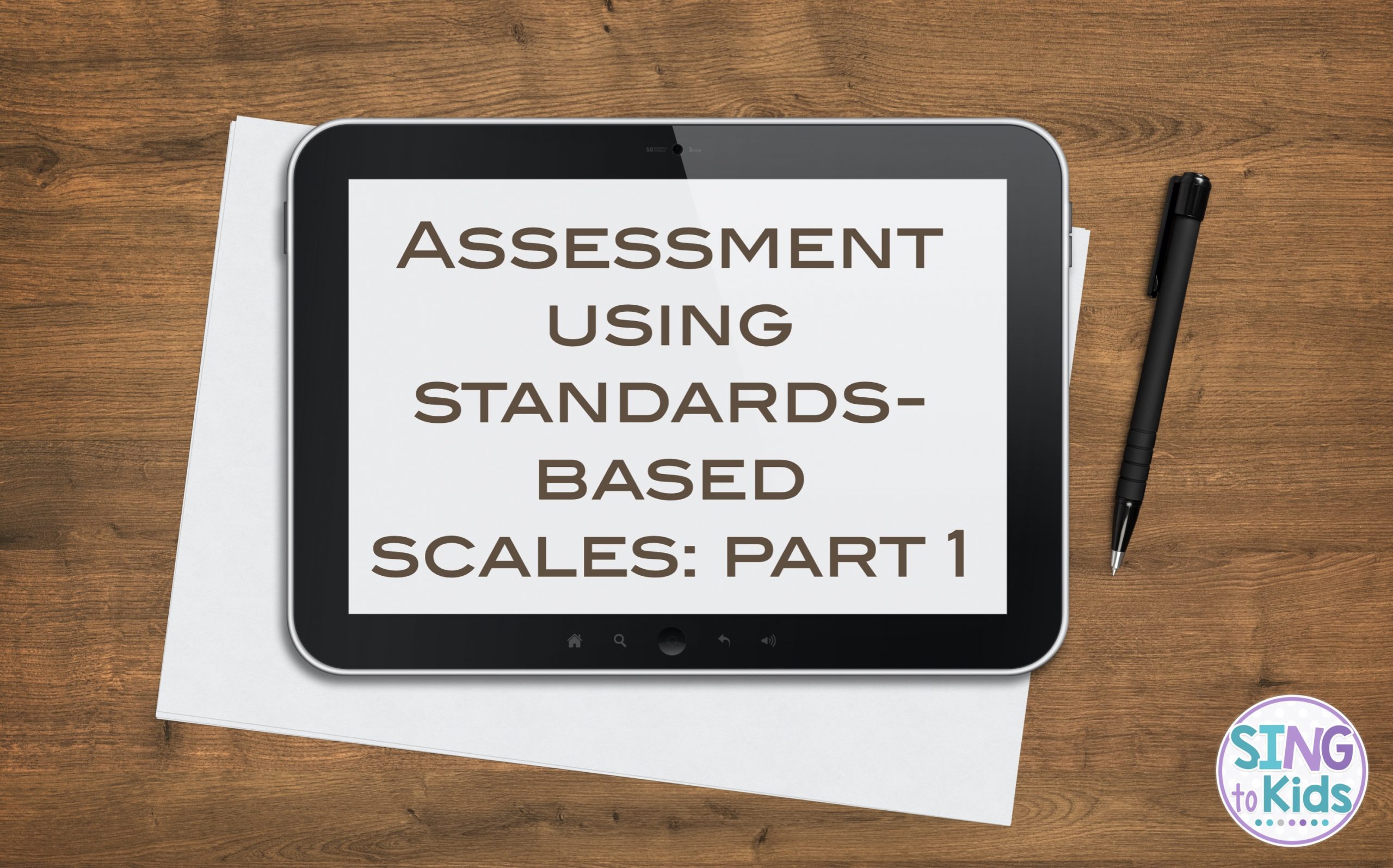


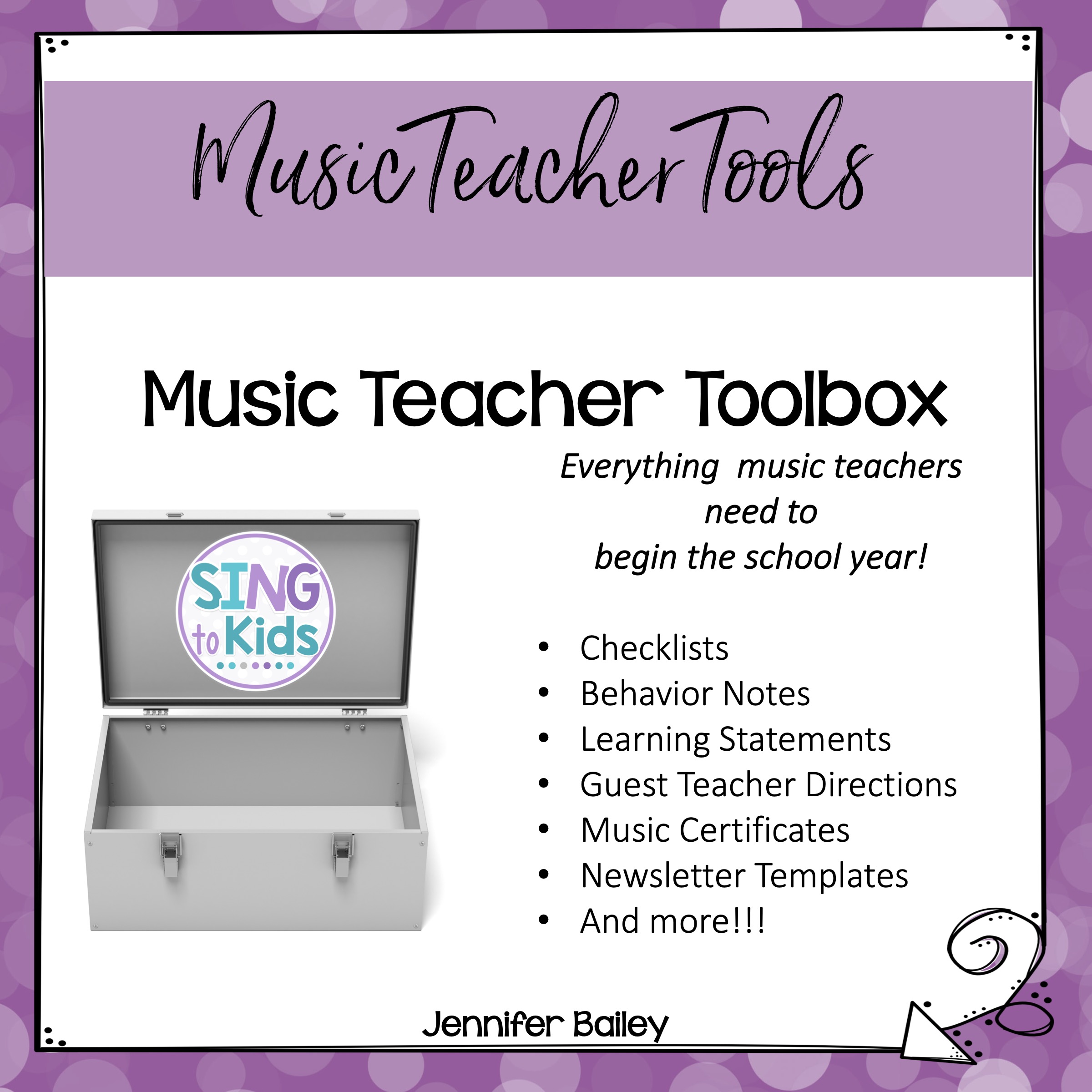

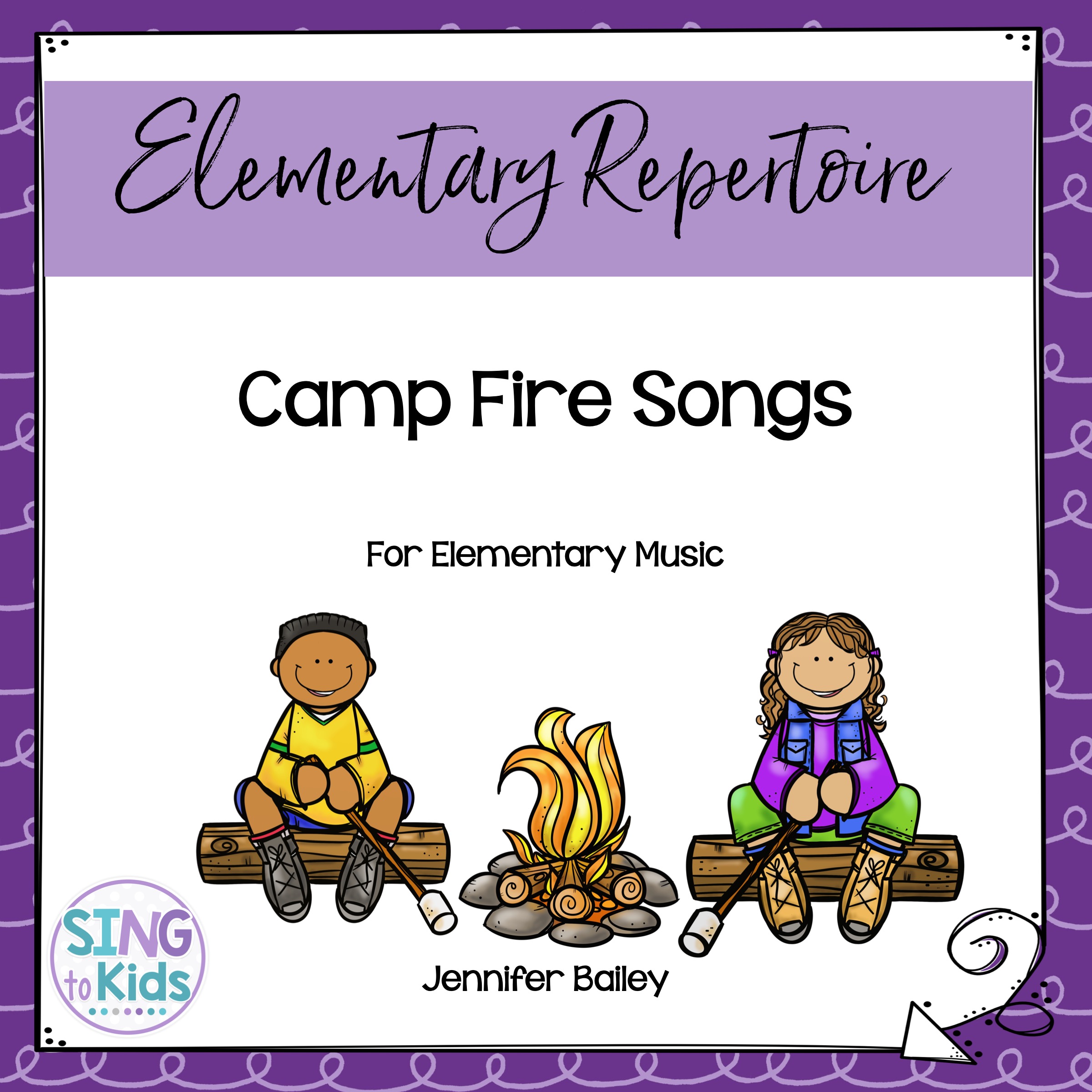
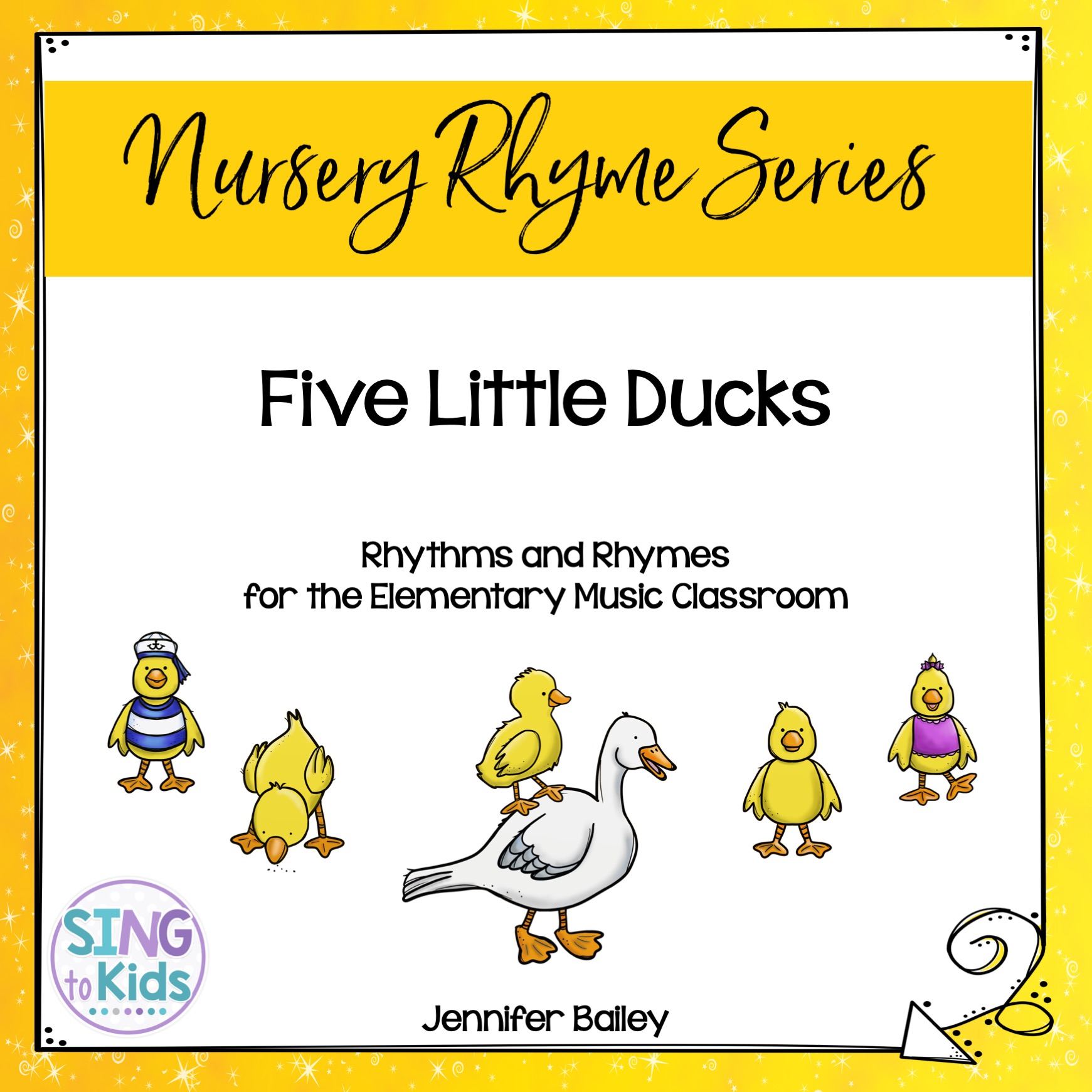
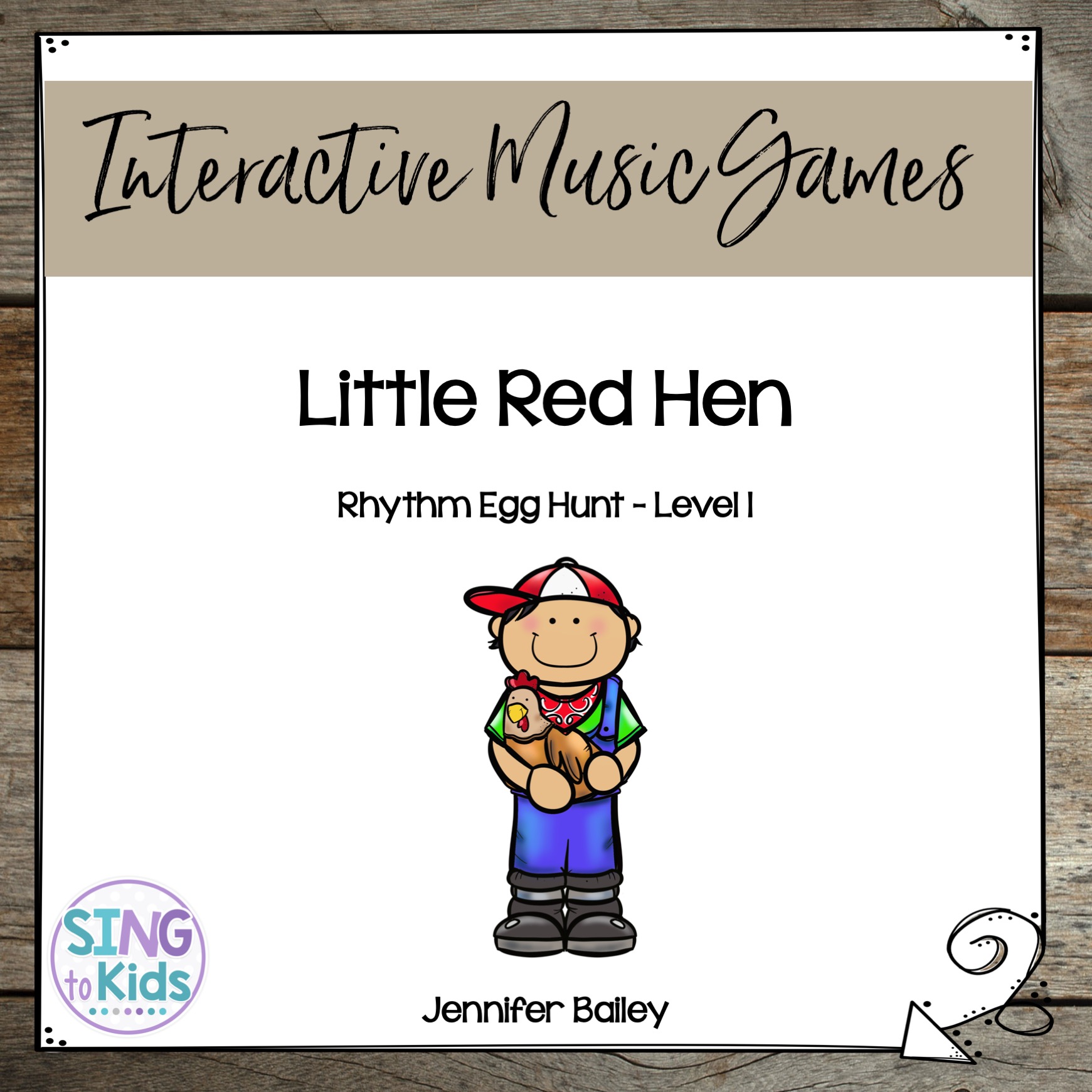
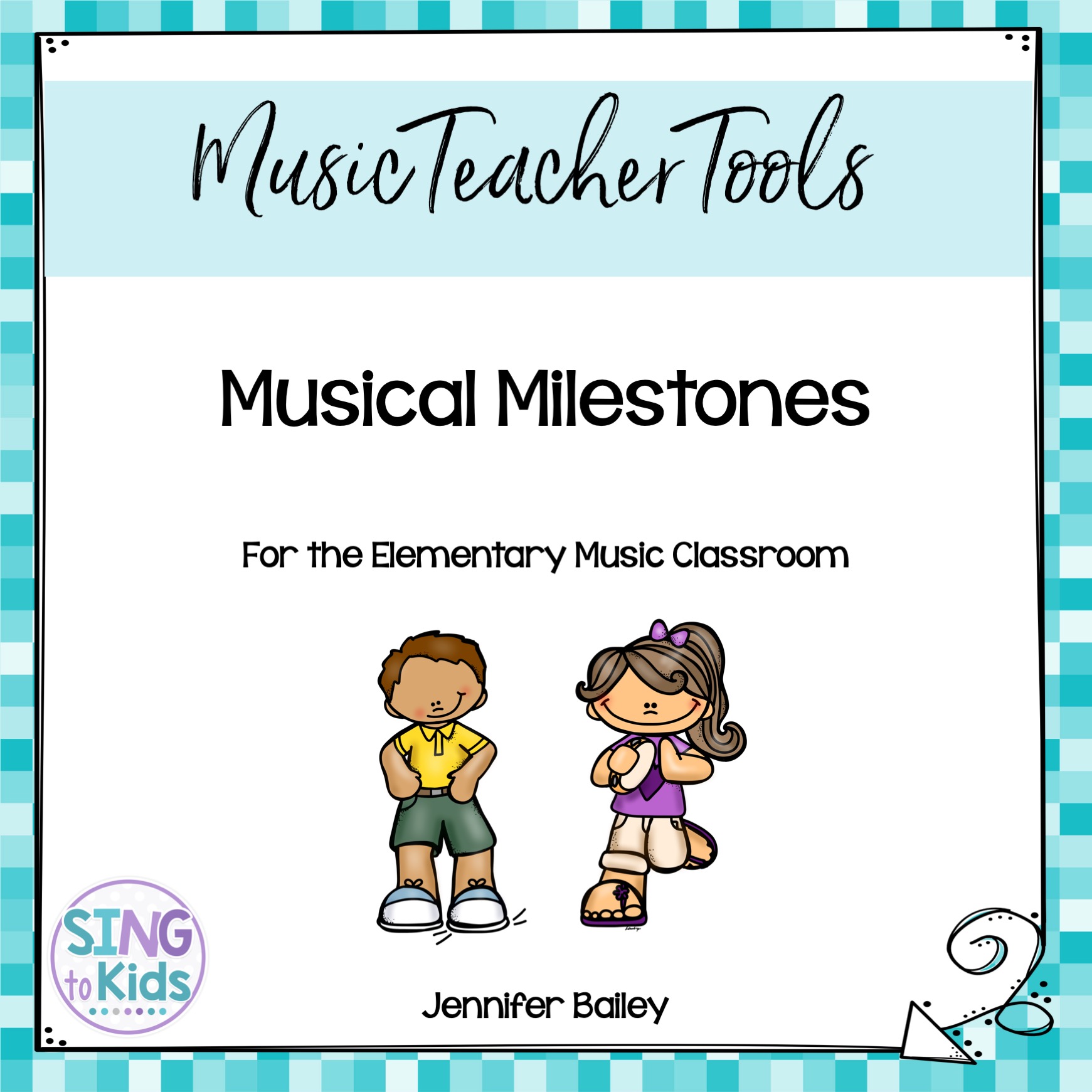
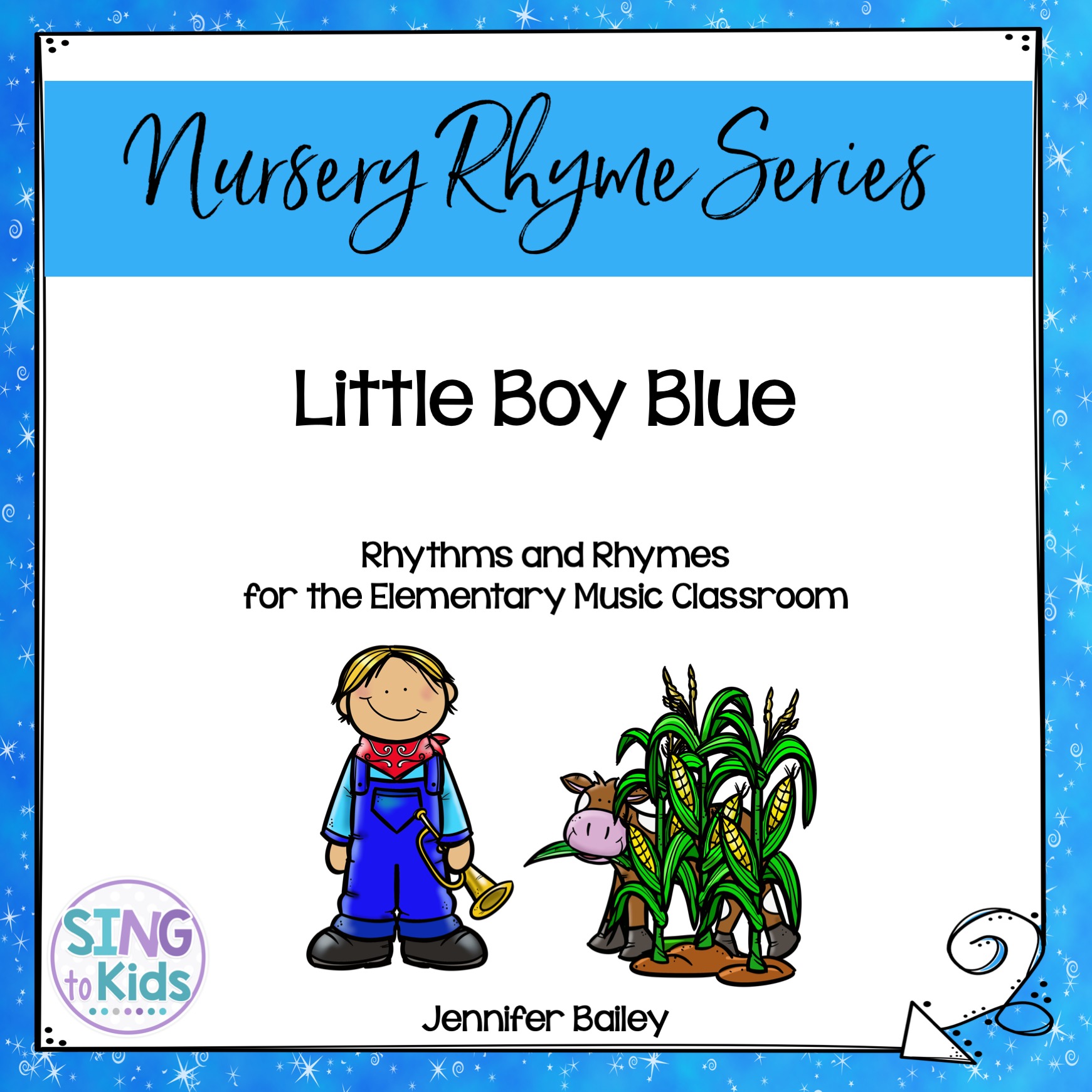
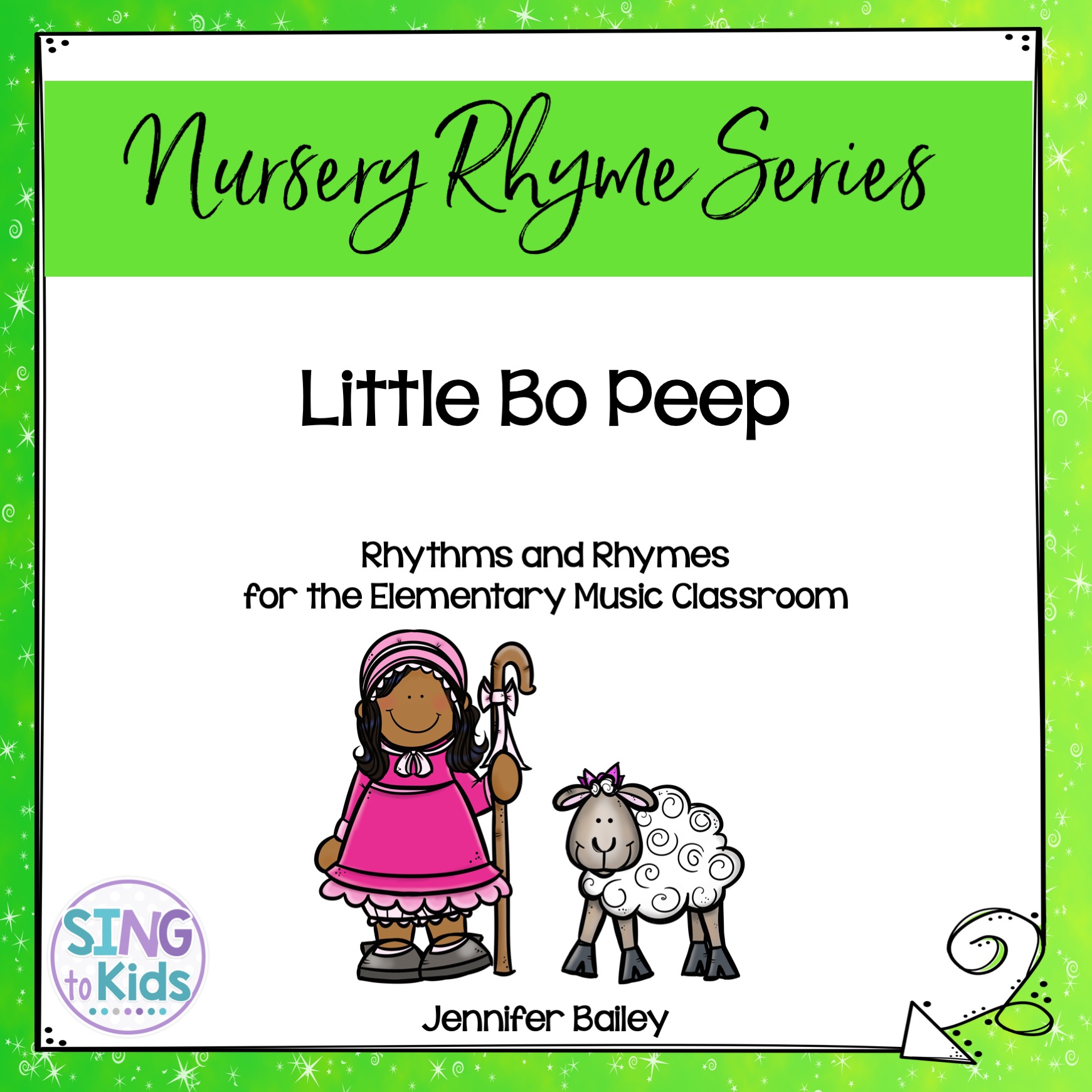
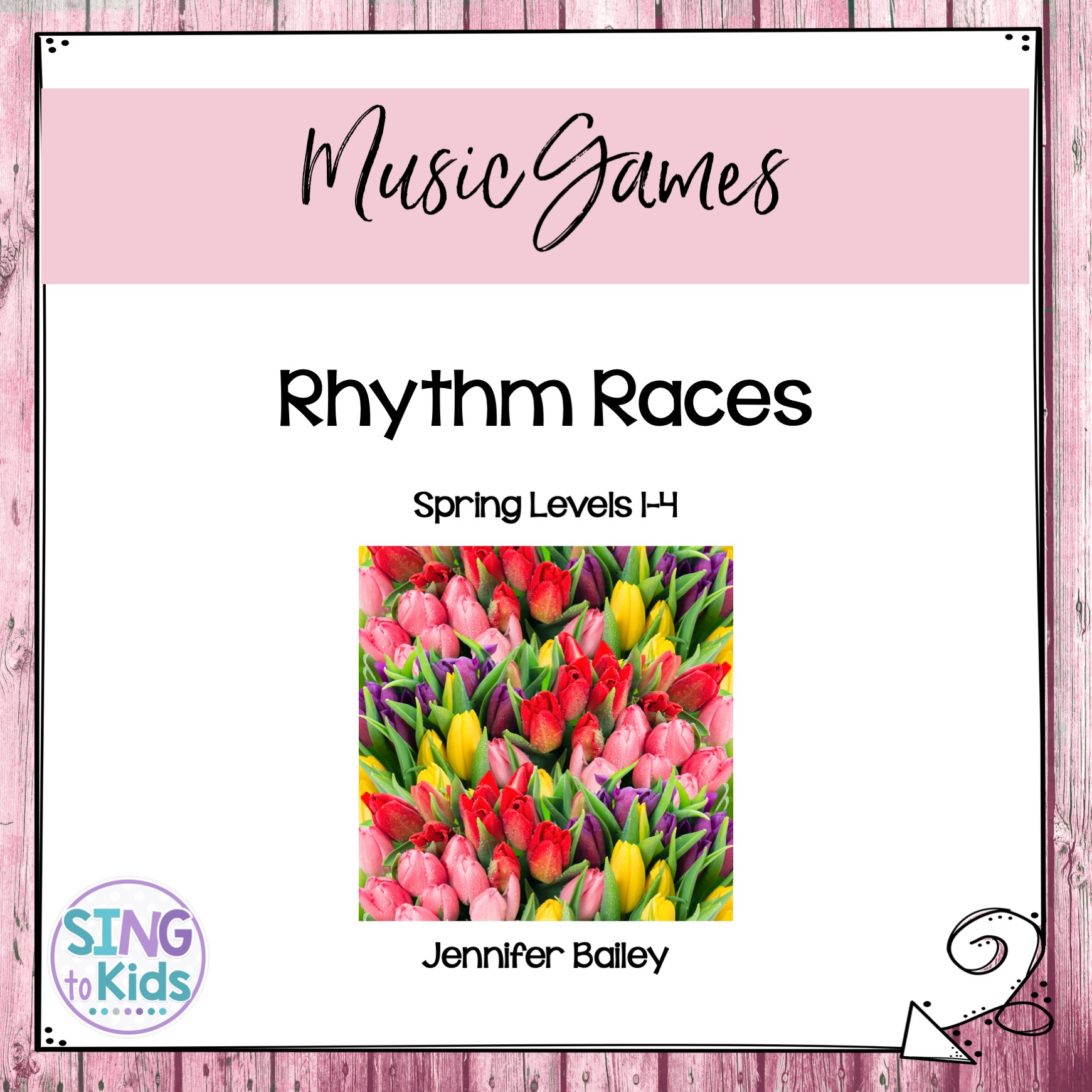
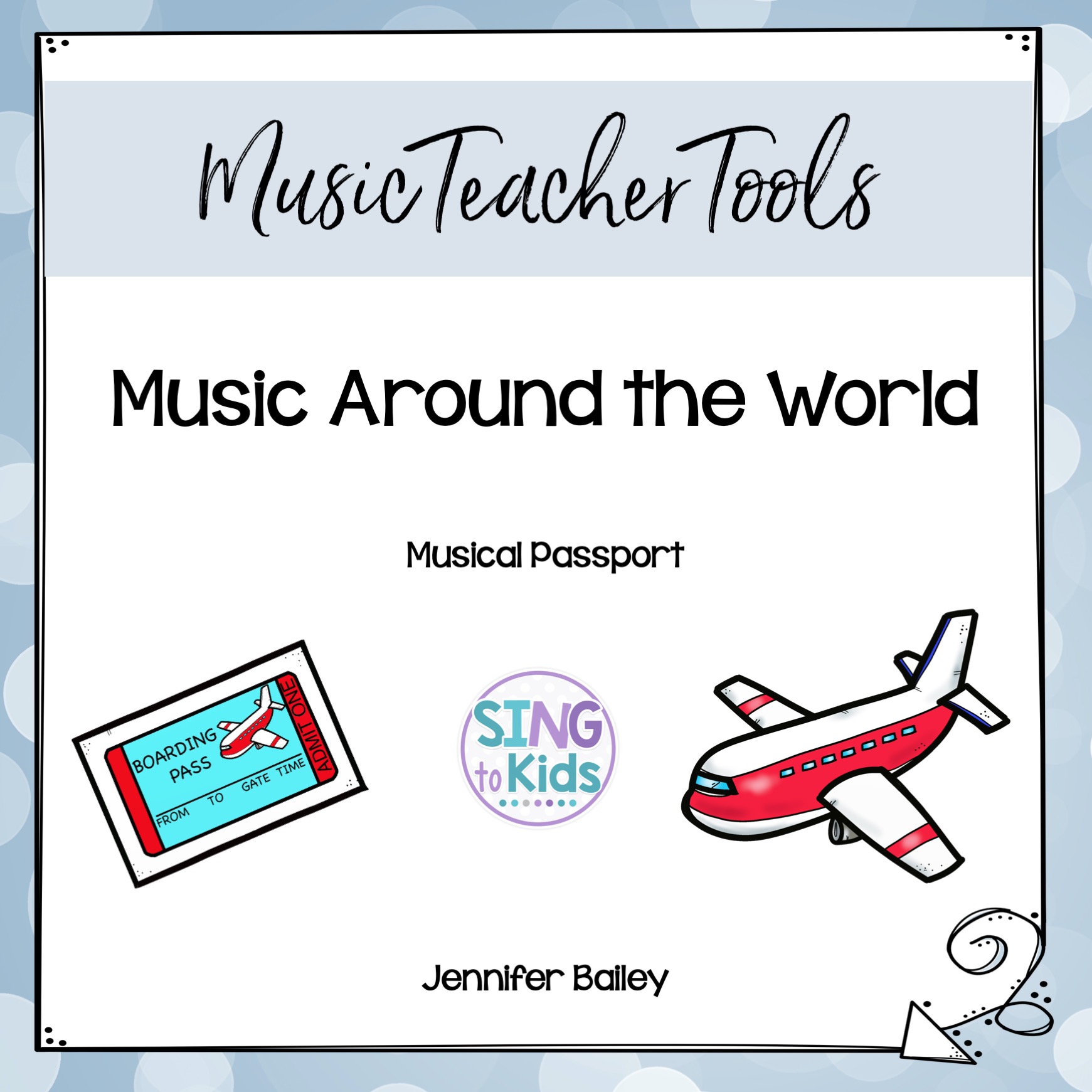
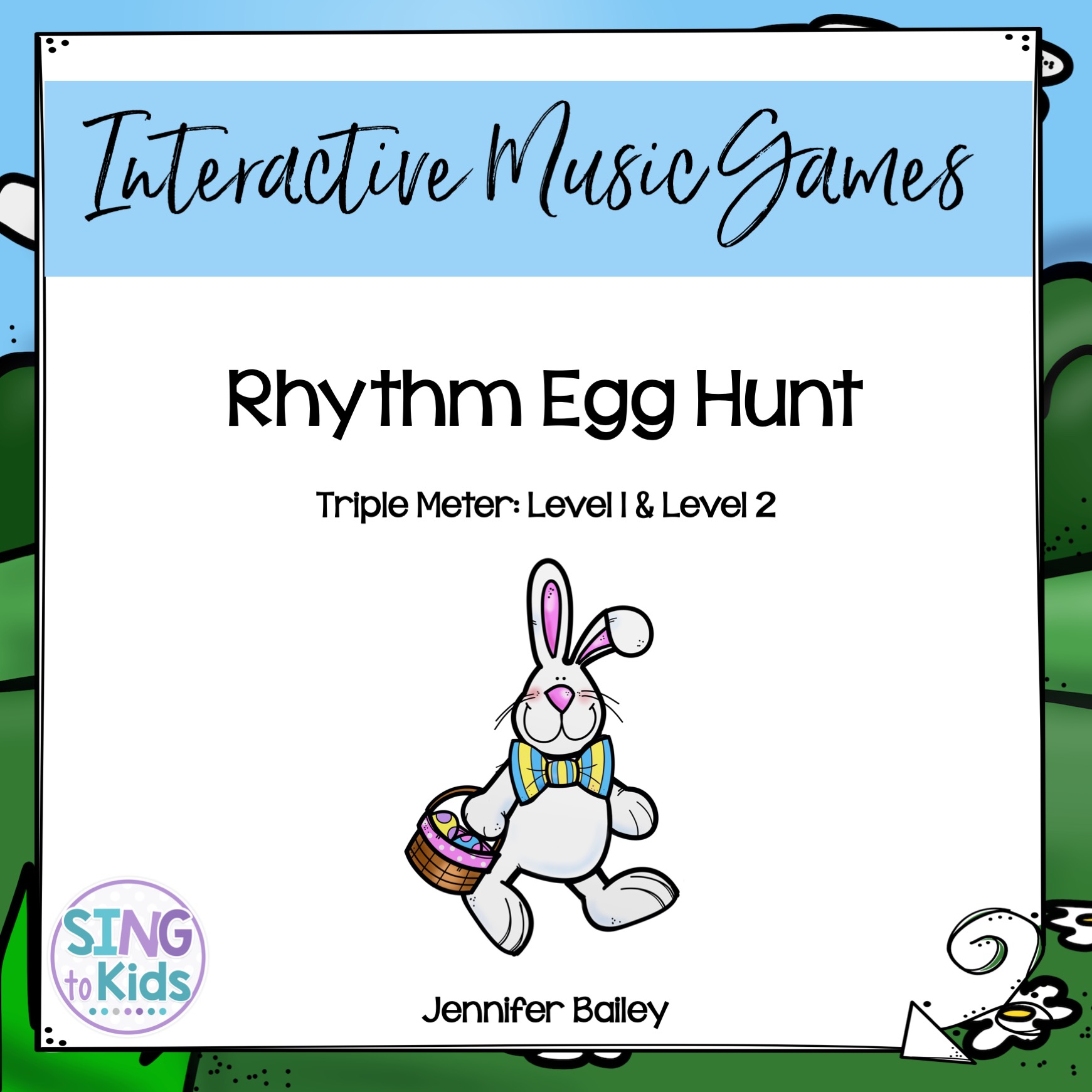
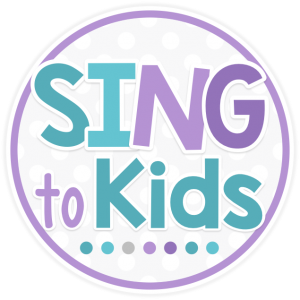
Connect with me!